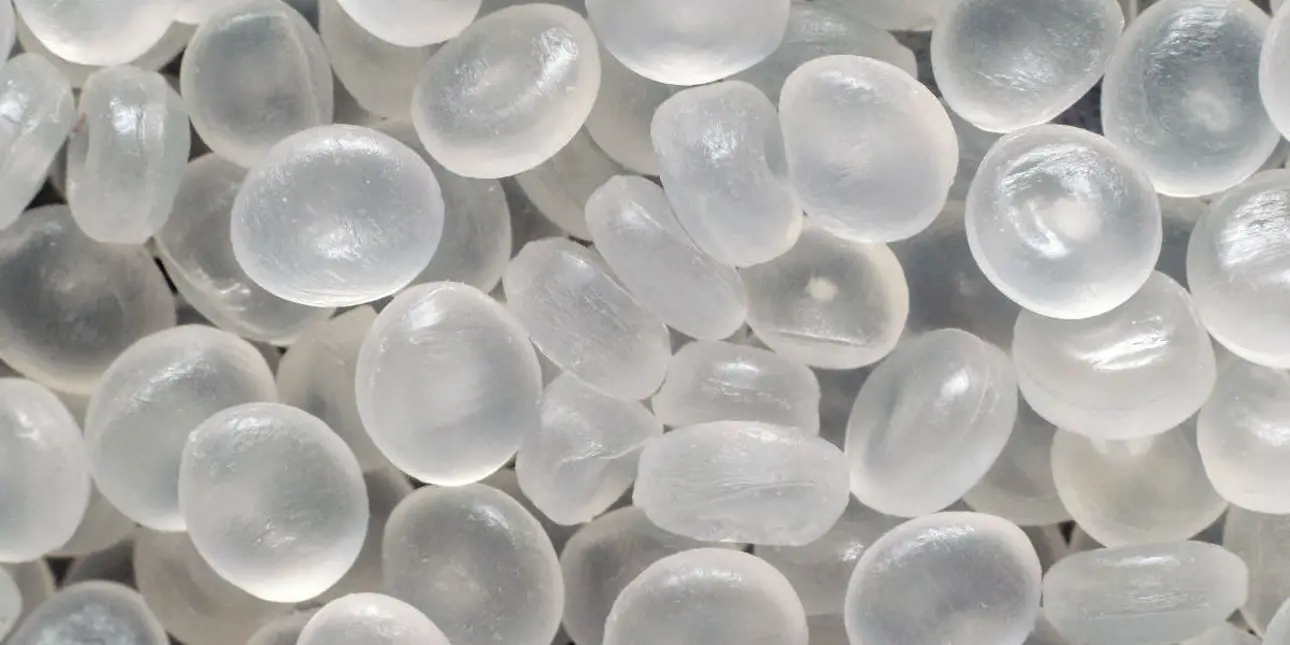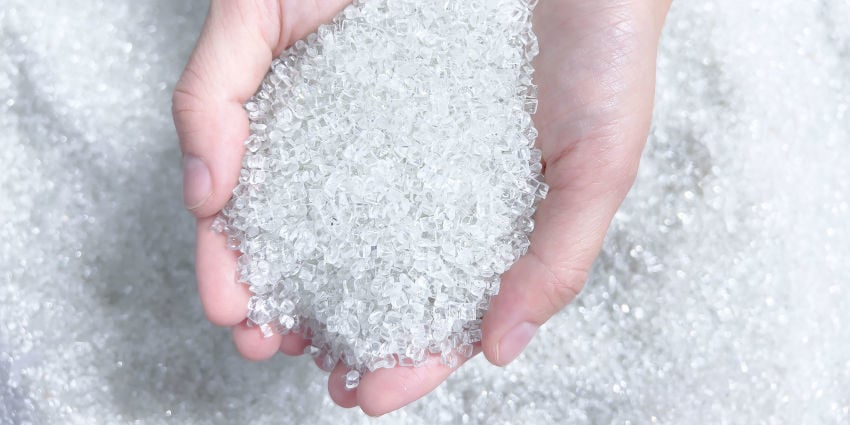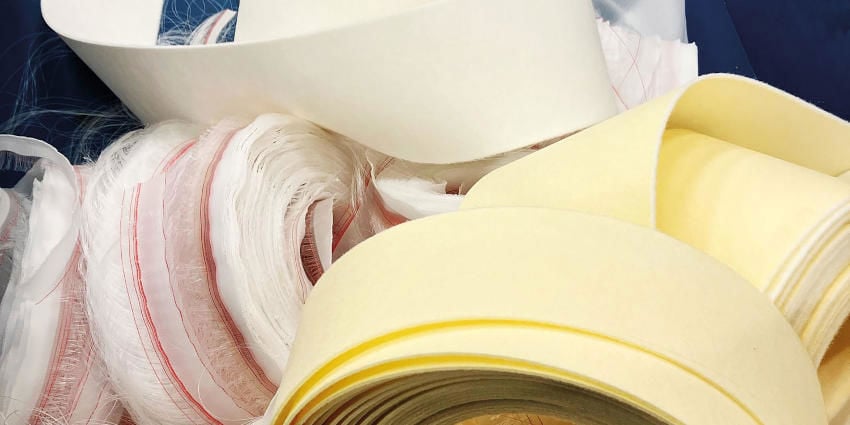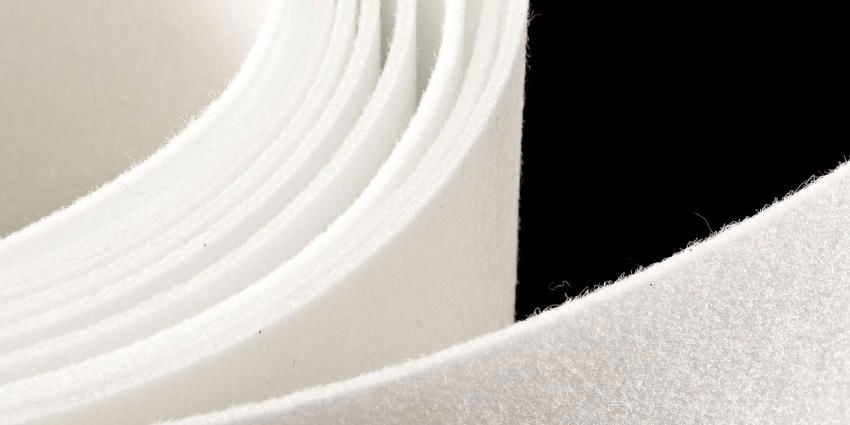Let’s recycle fabrics!
Valmet produces thousands of tons of paper machine clothing (PMC) and filter fabrics each year. To diminish our environmental impact, we have consistently striven to reduce waste generation and to re-use side streams in fabrics production. Significant steps have also been taken in recycling used paper machine clothing and filter fabrics.

Valmet has an extensive research and development program that strives for circularity in fabrics production. Its targets are aligned with Valmet’s Climate Program.
“We believe in minimizing waste and reusing materials for as long as possible. Building a closed loop economy isn’t easy, but it’s the ultimate motivation in everything we do – whether it’s product development, exploring more sustainable raw materials, developing our own operations, or innovating ways to recycle paper machine clothing and filter fabrics at the end of their lifecycle,” says Katriina Markkula, R&D Manager, PMC at Valmet.

The plastic pellets produced from used fabrics or production side streams can be used in demanding applications such as electronics enclosures, furniture parts and vehicle components.
Excellent results in waste reduction
Valmet has recognized waste reduction and material efficiency as one of the key areas for promoting sustainability in its fabrics operations. Every fabric production unit has developed its own waste reduction program to identify, quantify and reduce waste. Over the past three years, the amount of waste has been reduced by 30 percent.
Valmet has successfully made industrial-scale pilot recycling of used press felts. During the recycling process the press felts are turned into plastic pellets.
Many successful initiatives have also already been taken to reuse and recycle the waste that cannot be reduced.
“At our production unit in Tampere, Finland, the press felt production sidestreams have been recycled for years, and the polyamide is used as raw material for new plastic products. We have also installed two new balers, and with other activities, their use has already increased the recycling rate of press felt production waste to 84 percent. In Tianjin, China, close to 100 percent of dryer fabric and forming fabric waste is delivered to a partner who recycles it mechanically into plastic granules to be used in the production of plastic canisters and small plastic drums,” says Markkula.

Over the past three years, the amount of waste in Valmet's fabrics production has been reduced by 30 percent.
Of course, the most sustainable way to handle excess material is to find ways to utilize it as it is.
“An example of such an innovation is the pulling clamps that are used to install shoe press belts on paper and board machines – we now manufacture them utilizing belt production sidestreams. Based on customer feedback, they work better than the ones we used before,” Markkula adds.
Significant steps taken in recycling used press felts
The quest to recycle used paper machine clothing and filter fabrics is something for which the industry has striven for years. Valmet is currently cooperating with some of its key customers and
recycling technology developers to see how the collection, handling and logistics of used fabrics can be done in an environmentally and financially sustainable way.
So far, Valmet has successfully undertaken industrial-scale pilot recycling of used press felts. During the recycling process, the felts are turned into plastic pellets.
“The pellets are of high quality and can be used in demanding applications such as electronics enclosures, furniture parts and vehicle components. The recycling process is also very energy efficient, leading to pellets with a really low carbon footprint that are a very interesting raw material for various industries. Many advanced recycling technologies are already available, and based on our good experiences, we’re encouraged to develop how we operate further,” Markkula says.

Let’s do this together
In 2022, Valmet launched a new R&D and innovation program, Beyond Circularity, to transform waste and emissions into valuable resources for sustainable growth. For fabrics production, the program offers an opportunity to work with many national and international partners within the field of recycling, expanding competences and opening new possibilities.
“I believe circularity will be the next big thing among our customer industries, and it is also at the core of our R&D. I also believe that no one can succeed alone when it comes to building a more sustainable future. At Valmet, we’re open to new partnerships in this area and therefore welcome everyone to participate in the work,” Markkula concludes.
Text Marianne Valta

